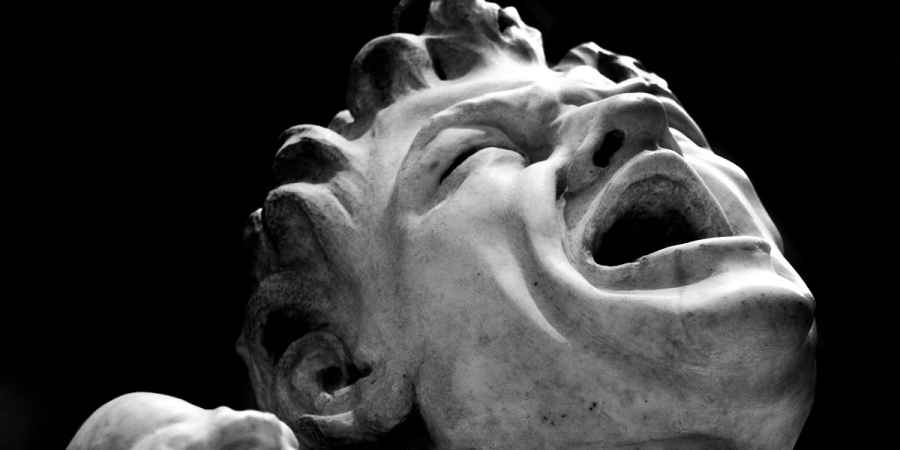
Photo: Alexandros Chatzidimos

Photo: Alexandros Chatzidimos
This page is more than one year old.
The term "attachment" refers to the belief that supernatural entities become linked to a living person, causing various effects that can range from mere presence to influencing emotions or physical well-being. Some believe that attachments can also happen with locations, such as homes or historic sites, and objects, which might include anything from antiques to personal belongings.
This connection is typically non-invasive, meaning the spirit does not take control over the person or object but rather exists alongside or within it. Not all attachments are harmful. In fact, some individuals may find comfort in the thought that a loved one's spirit remains close by.
However, the types of attachments that dominate public discussions and media portrayals tend to be malevolent in nature. In these scenarios, the entity attached is believed to have harmful intentions, leading to negative emotional, physical, or psychological effects on the person to whom they're attached.
In many beliefs within the paranormal community, a human attachment is considered a potential first step towards possession. The process is often viewed as a spectrum, where an entity first forms a bond or attachment with an individual, which could then potentially escalate to a more invasive and controlling interaction, such as possession.
The attachment phase is when an entity begins to form a bond with an individual. This can manifest through various signs, such as feelings of being watched, unexplained emotional or physical symptoms, or even experiencing disturbances in the home. At this stage, the entity does not have control over the individual but is believed to be establishing a presence in their life.
It is also believed that an attachment to an object can potentially lead to possession of a person, especially if the person frequently interacts with that object or keeps it close to them. This concept is rooted in the idea that objects can serve as vessels or anchors for entities. If a person develops a strong emotional attachment to the object, believing it to be significant, precious, or protective, this is said to amplify the entity's ability to influence them.
Those who believe in the concept of possession claim that in cases where the attachment continues to develop unchecked, it might escalate to possession. This is when an entity gains full control over the individual's actions, thoughts, or even physical body. Possession is commonly depicted in horror films and literature, but in real-life paranormal investigations, it's considered extremely rare. It's important to remember that the concept is unproven, that not all attachments are malevolent, and that not all cases will lead to possession.
Attachments are similar to the concept of "walk-ins," which is when an individual willingly allows a spirit to take over their body. Walk-ins are said to occur without the negative connotations associated with attachments and possessions.
But, of course, the belief is that attachments occur not only with humans but also with objects. This aspect of the paranormal forms the basis of many ghost stories and haunted legends, from haunted dolls to cursed artefacts. Objects with attachments can range from antiques passed down through generations to items that were closely associated with a person, such as jewellery, furniture, or even toys. The belief is that these objects may act as a vessel for the spirit, allowing it to remain in the physical world and acting as triggers for unexplained phenomena.
In cases where attachments are believed to have a negative impact on the living or where spirits are thought to be trapped or unhappy, investigators might seek ways to resolve the attachment. This can involve rituals, prayers, or other spiritual or religious methods aimed at helping the spirit move on or detach from the person or object.
An attachment, whether to a person or object, can manifest in various ways. Where an attachment to an object is suspected, investigators might look for changes in the perceived level of paranormal activity when the object is present. This can be done by keeping records of physical phenomena such as unexplained noises, interference with household electronics, footsteps, disembodied voices, or objects moving on their own. This might include using video evidence to document instances where objects interact with the environment in unexplained ways.
While spikes in electromagnetic fields (EMF) can sometimes be attributed to mundane sources, unexplained fluctuations in the presence of a supposedly haunted object could warrant further investigation. Using EMF meters in a controlled, baseline-checked environment helps to ensure that any readings are not due to ordinary environmental factors.
Individuals with an attachment might experience sudden and unexplained changes in mood, such as feeling inexplicably sad, angry, or fearful, without a clear cause. A common symptom reported is feeling unusually tired or drained of energy, particularly in the presence of the attached entity or object.
Trying to categorise and define paranormal concepts is often challenging, no more so than in the case of attachments. A supernatural entity can allegedly become attached to a location as well as a person or object. This makes it very hard to distinguish between a regular location-based haunting and a location with an attachment.
The key difference lies in the nature and intensity of the paranormal activity. An attachment might be considered a form of haunting, specifically an intelligent haunting where the spirit shows awareness and interacts with the environment or individuals. However, not all hauntings are merely attachments, as seen in residual hauntings, which involve repeated patterns of past events without a conscious entity's direct involvement.
Like possession and other concepts in the paranormal world, there is a great deal of skepticism surrounding attachments. Many argue that reports of attachments and related phenomena can be explained through psychological factors or mental health issues, such as anxiety or depression, rather than supernatural causes.
More Essential Parapsychology
See All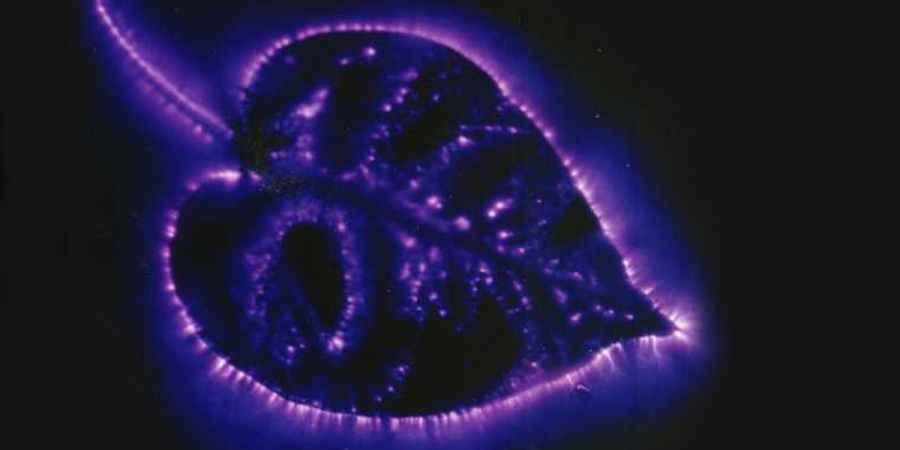
ArrayOctober 11, 2024
The Reality Behind Kirlian Photography’s Glowing Auras
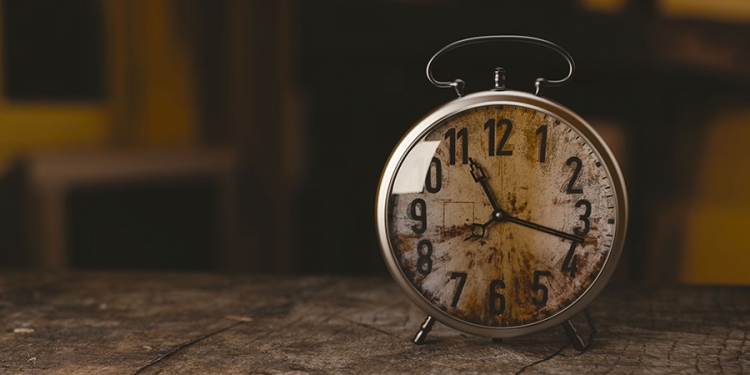
ArrayOctober 07, 2024
Could Retroactive Psychokinesis Allow Us To Influence The Past?
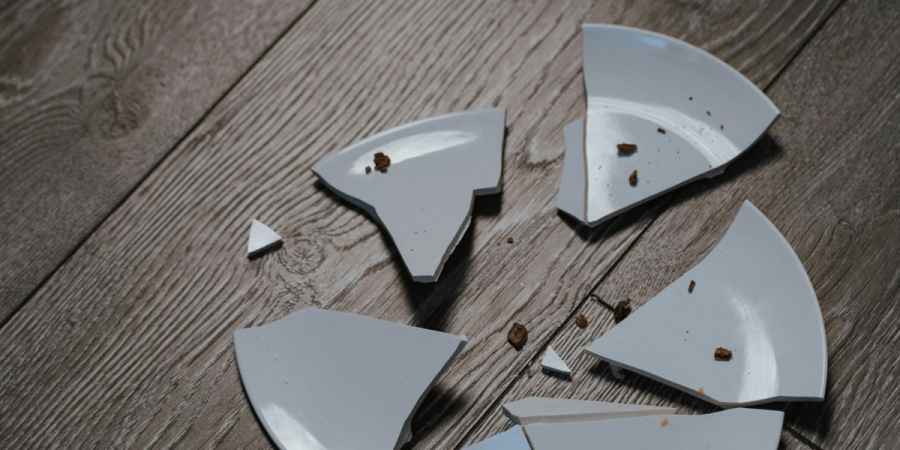
ArrayOctober 05, 2024
What Spontaneous Cases Are & Why Parapsychologists Research Them
Learn With Higgypop
Hosted by Paralearning in association with Higgypop, these courses on ghost hunting, paranormal investigations, and occult practices draw on the experience of our team of paranormal writers.

Diploma In Parapsychology & Psychic Phenomena
This course gives you practical and useful knowledge of ghost hunting and paranormal research, which is invaluable when conducting your own paranormal investigations or as part of a group event.
View Course
Diploma In Practical Ghost Hunting & Scientific Analysis
This course gives you practical and useful knowledge of ghost hunting and paranormal research, which is invaluable when conducting your own paranormal investigations or as part of a group event.
View CourseMore Like This

Haunted BritainDecember 25, 2024
2024's Most Popular Paranormal Hotspots In The UK

GamesNovember 28, 2024
Can You Match These Famous Ghosts To Their Haunting Grounds?
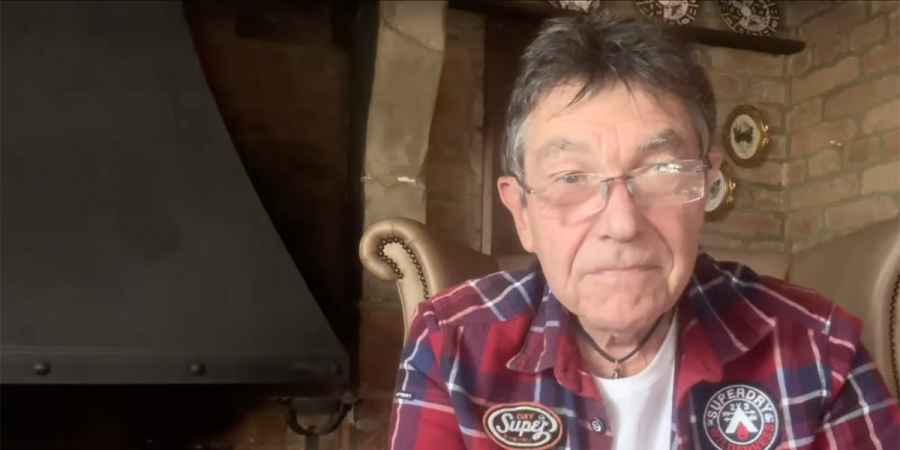
HalloweenOctober 30, 2024
Richard Felix Shares A Collection Of Modern Ghost Stories For Halloween
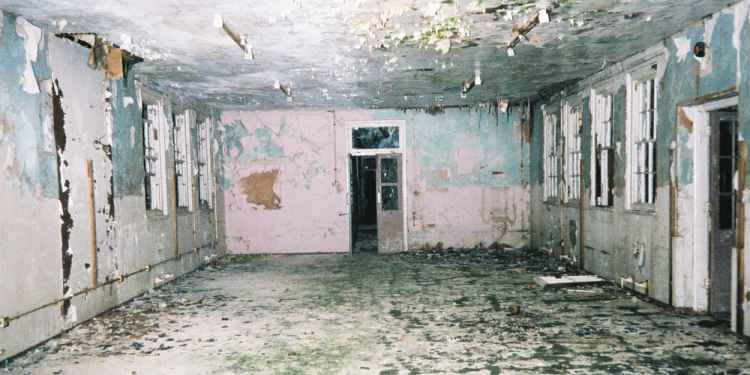
ParanormalOctober 20, 2024
My First Ever Ghost Hunt: 20 Years Ago This Halloween Night
 See More on Audible
See More on Audible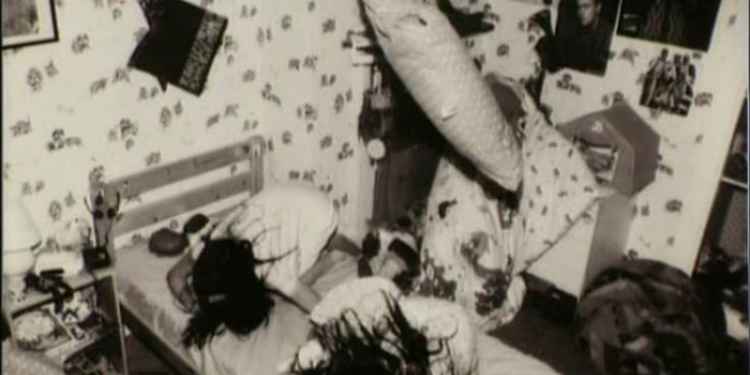

Comments
Want To Join The Conversation?
Sign in or create an account to leave a comment.
Sign In
Create Account
Account Settings
Be the first to comment.